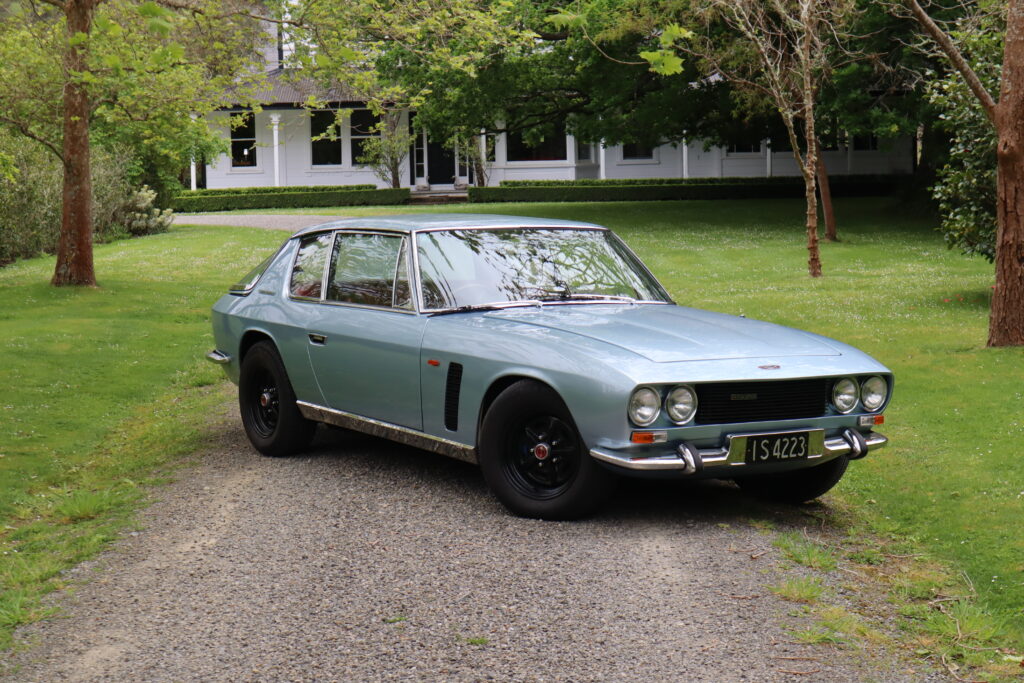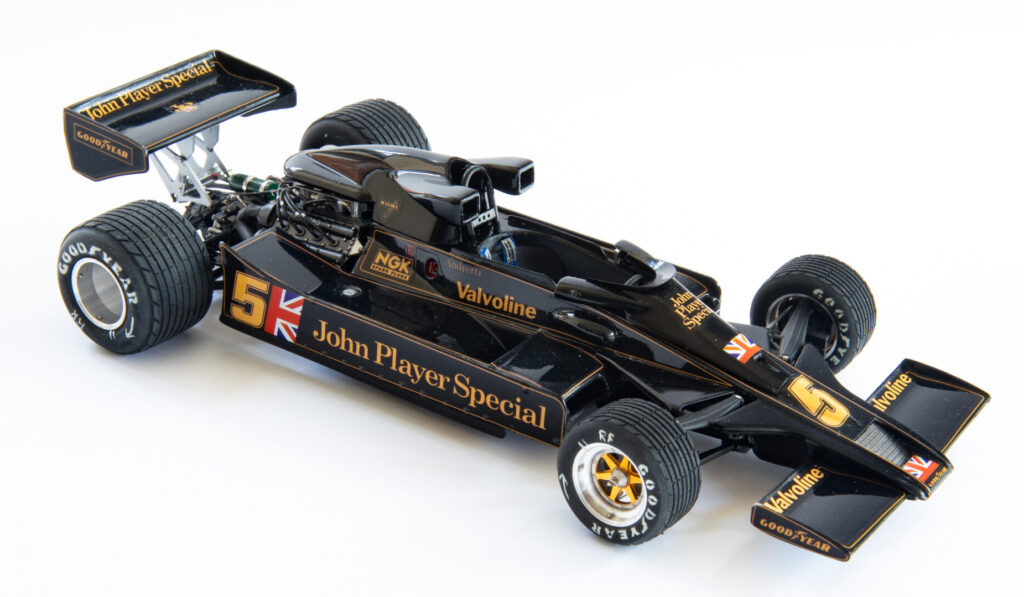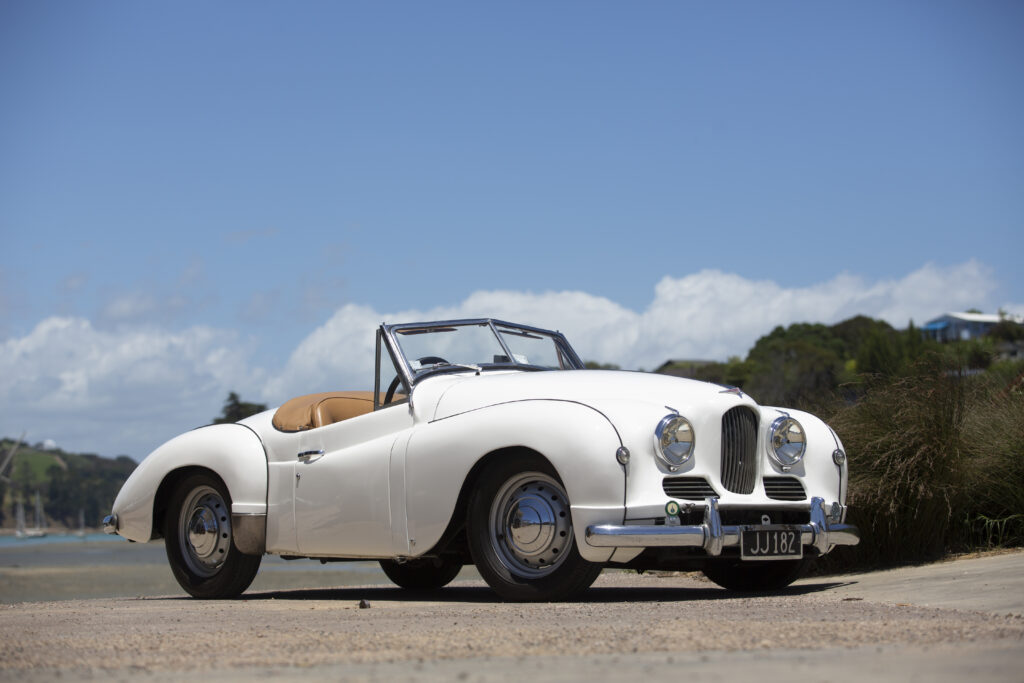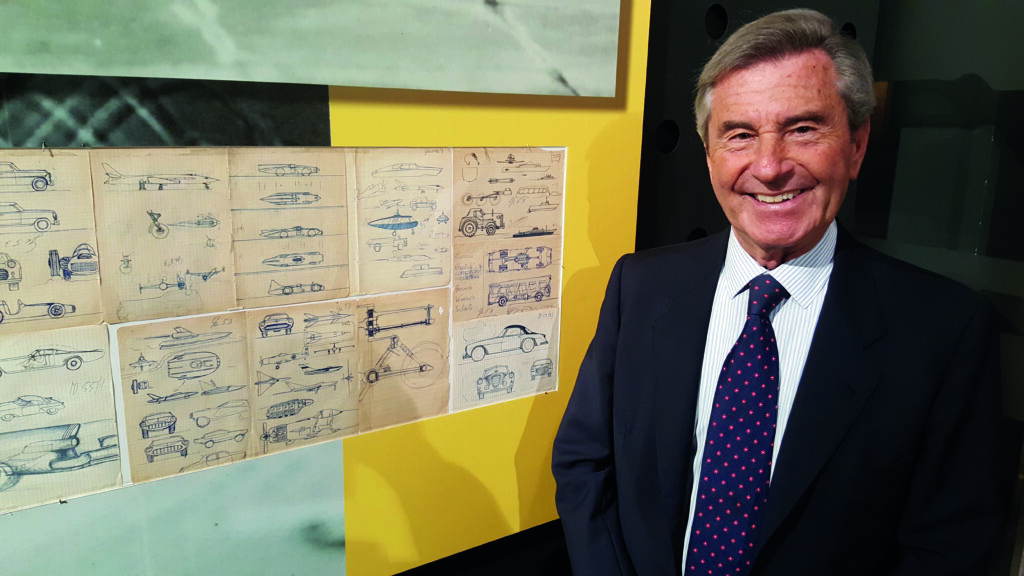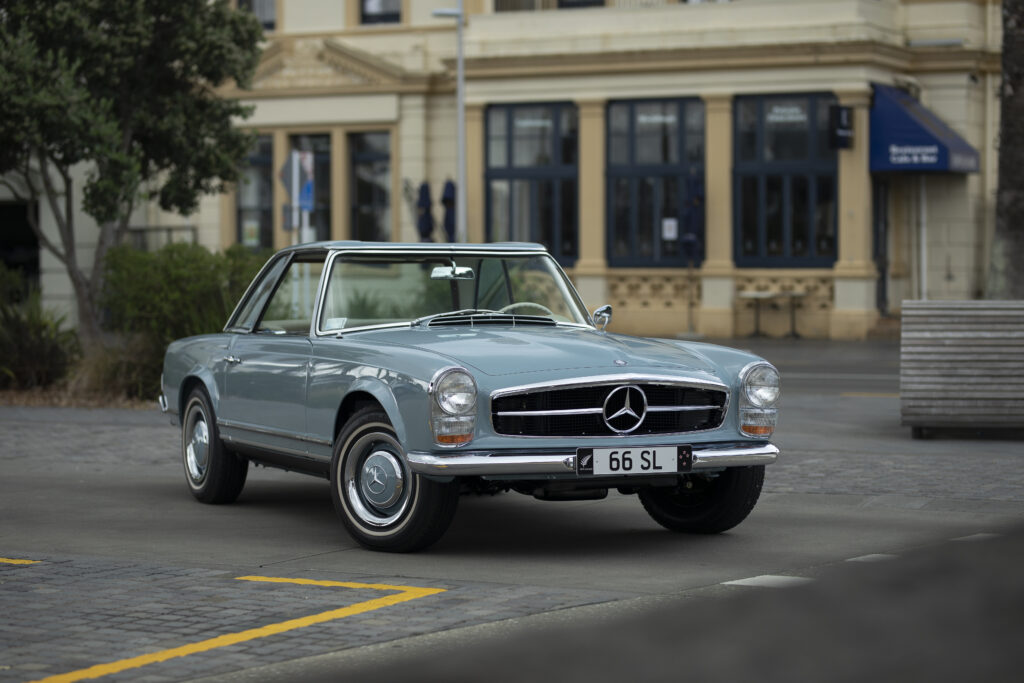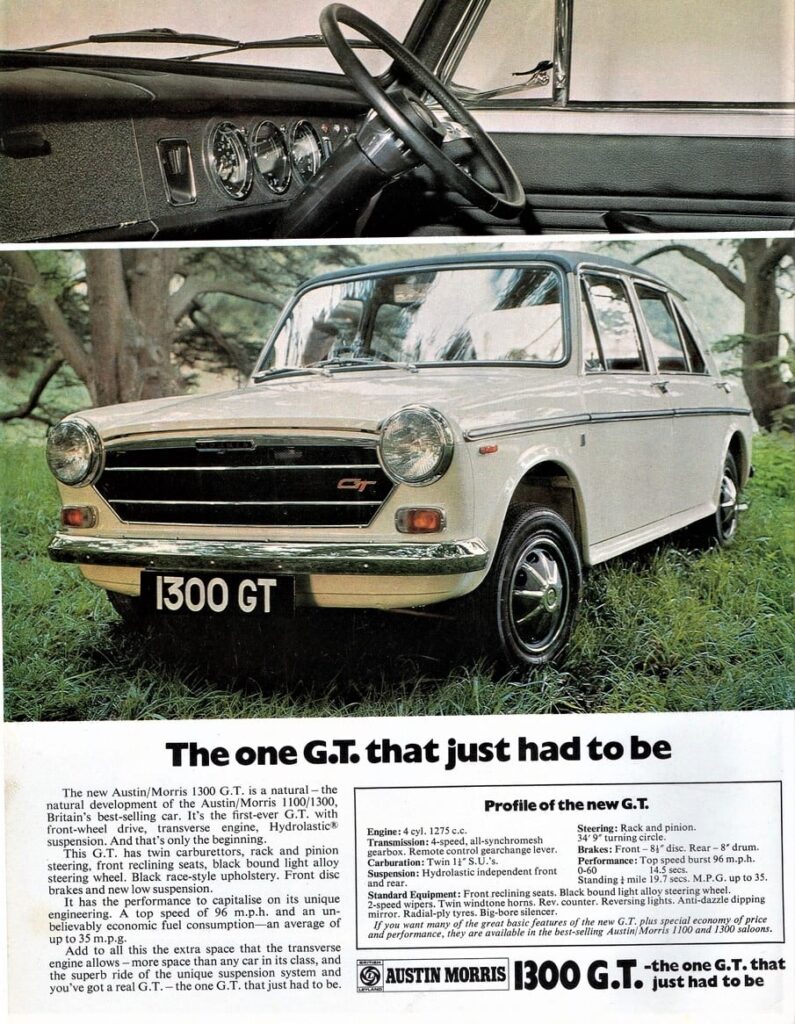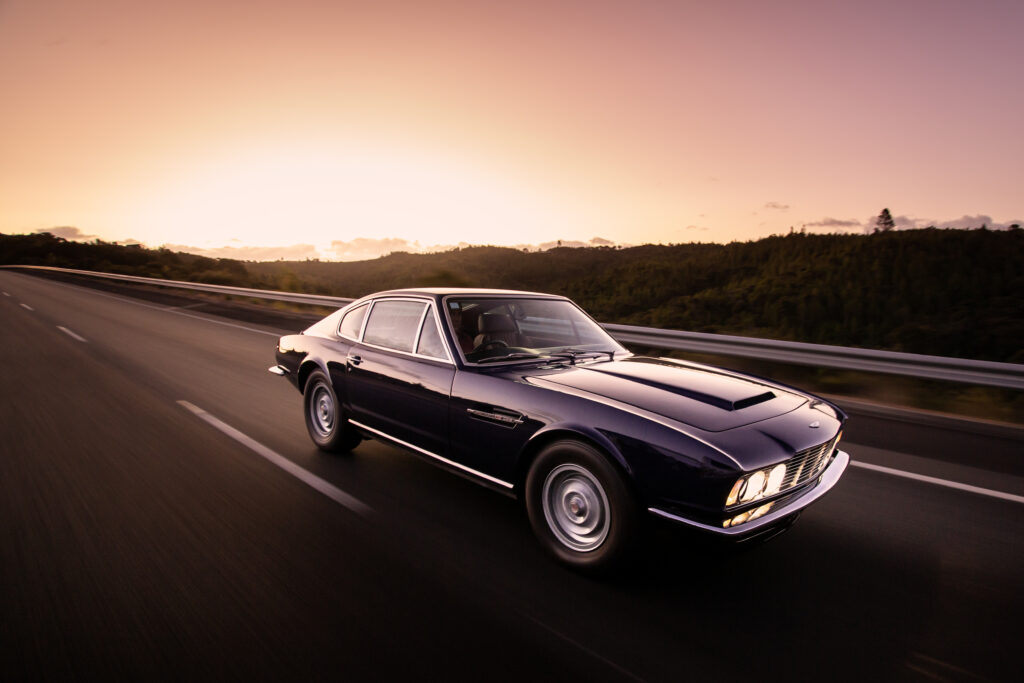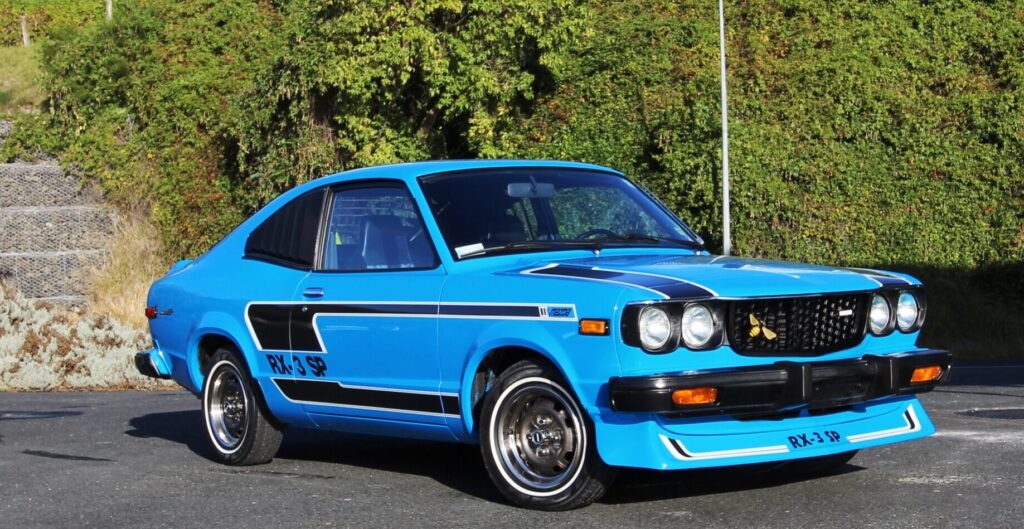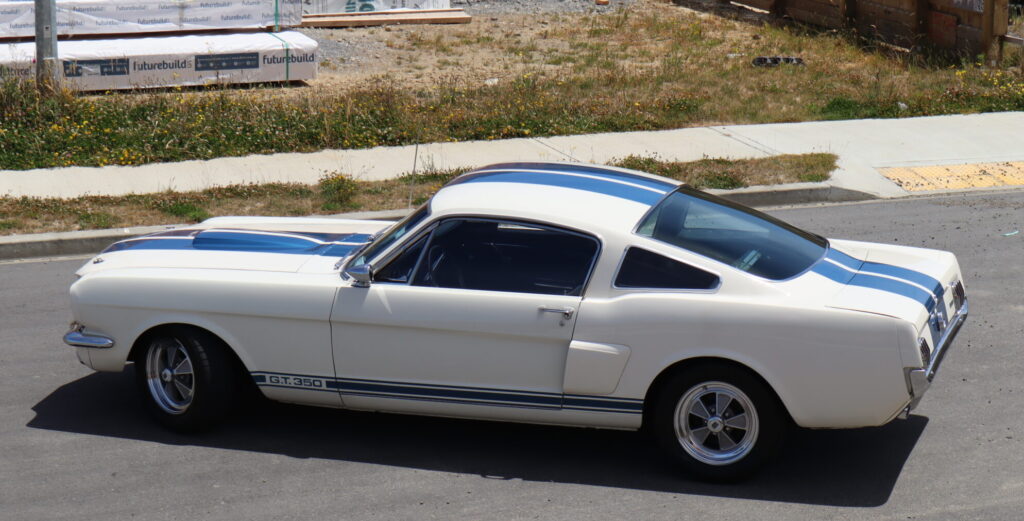
Almost mythical pony
The Shelby came to our shores in 2003. It went from the original New Zealand owner to an owner in Auckland. Malcolm just happened to be in the right place with the right amount of money in 2018 and a deal was done. Since then, plenty of people have tried to buy it off him. The odometer reads 92,300 miles. From the condition of the car that seems to be correct and only the first time around.
Malcolm’s car is an automatic. It has the 1966 dashboard, the back seat, the rear quarter windows and the scoops funnelling air to the rear brakes.
He even has the original bill of sale from October 1965 in California.



